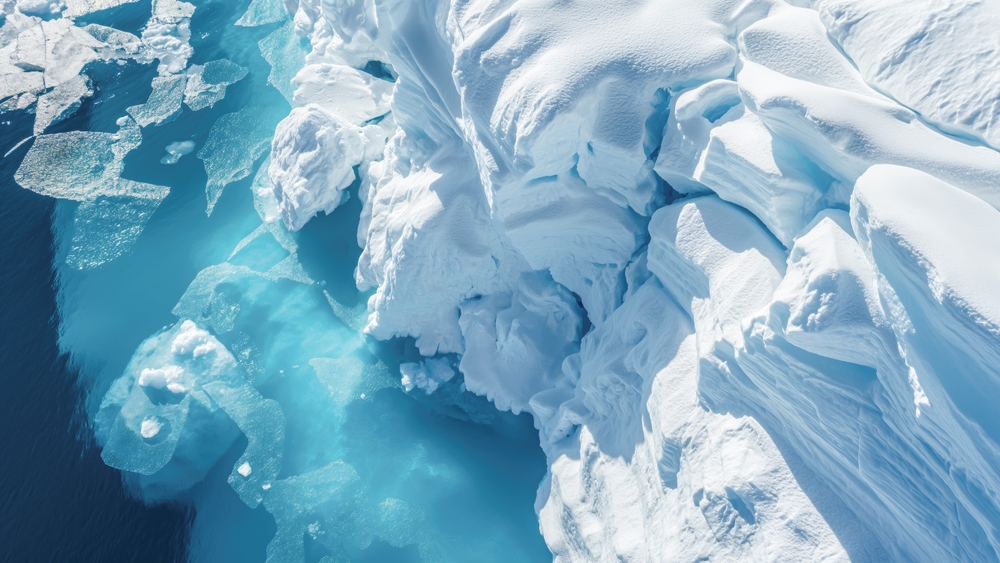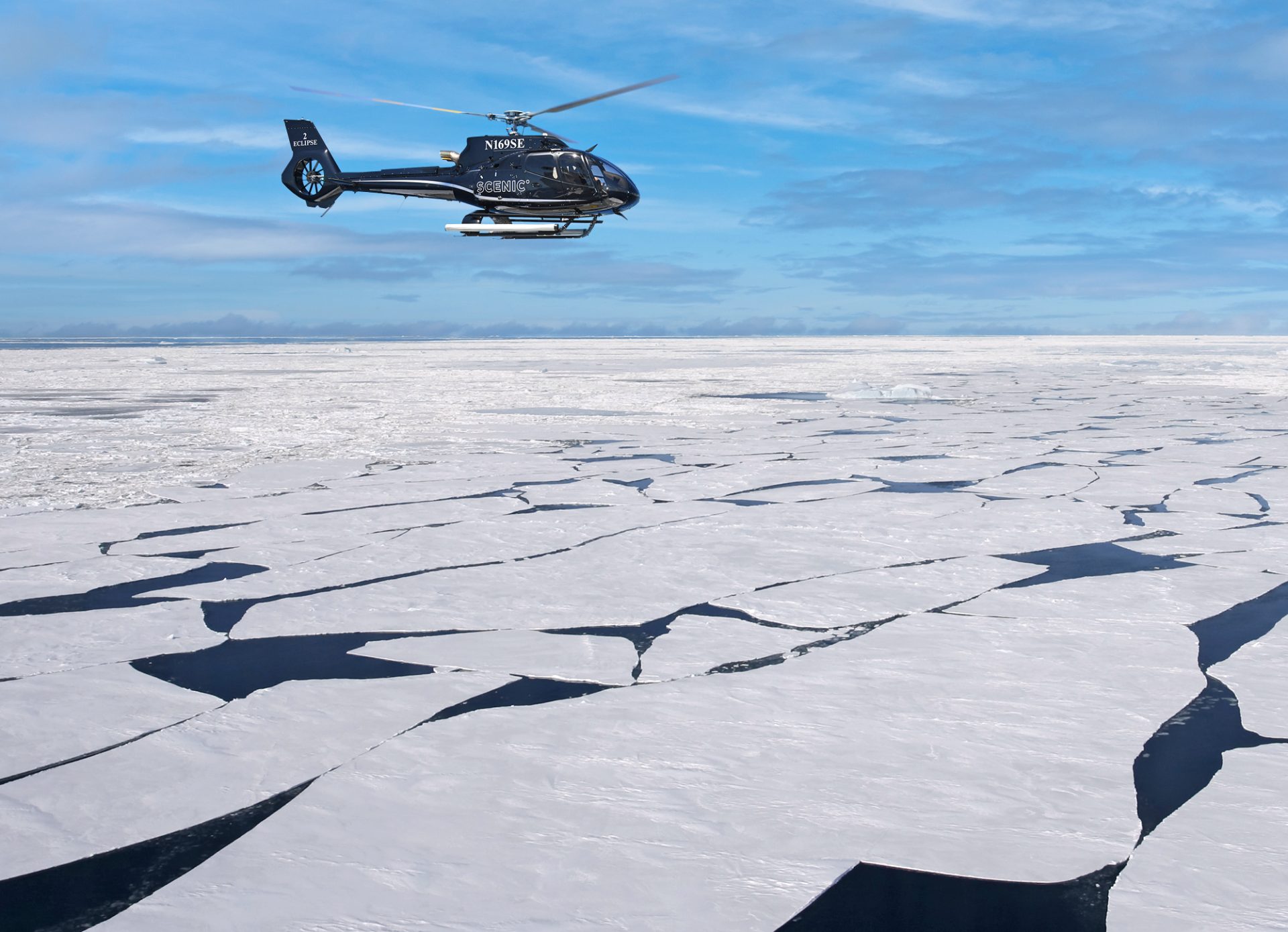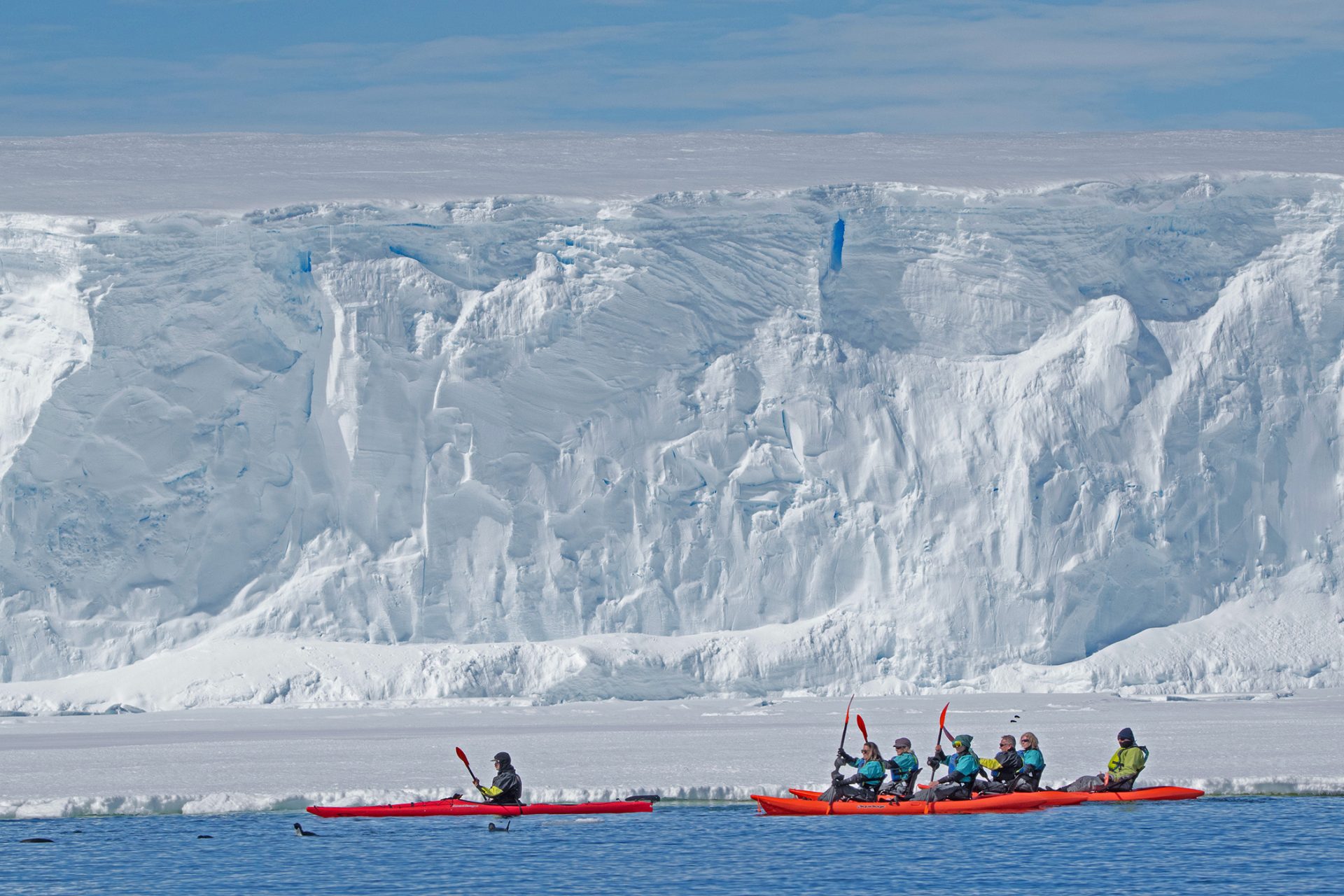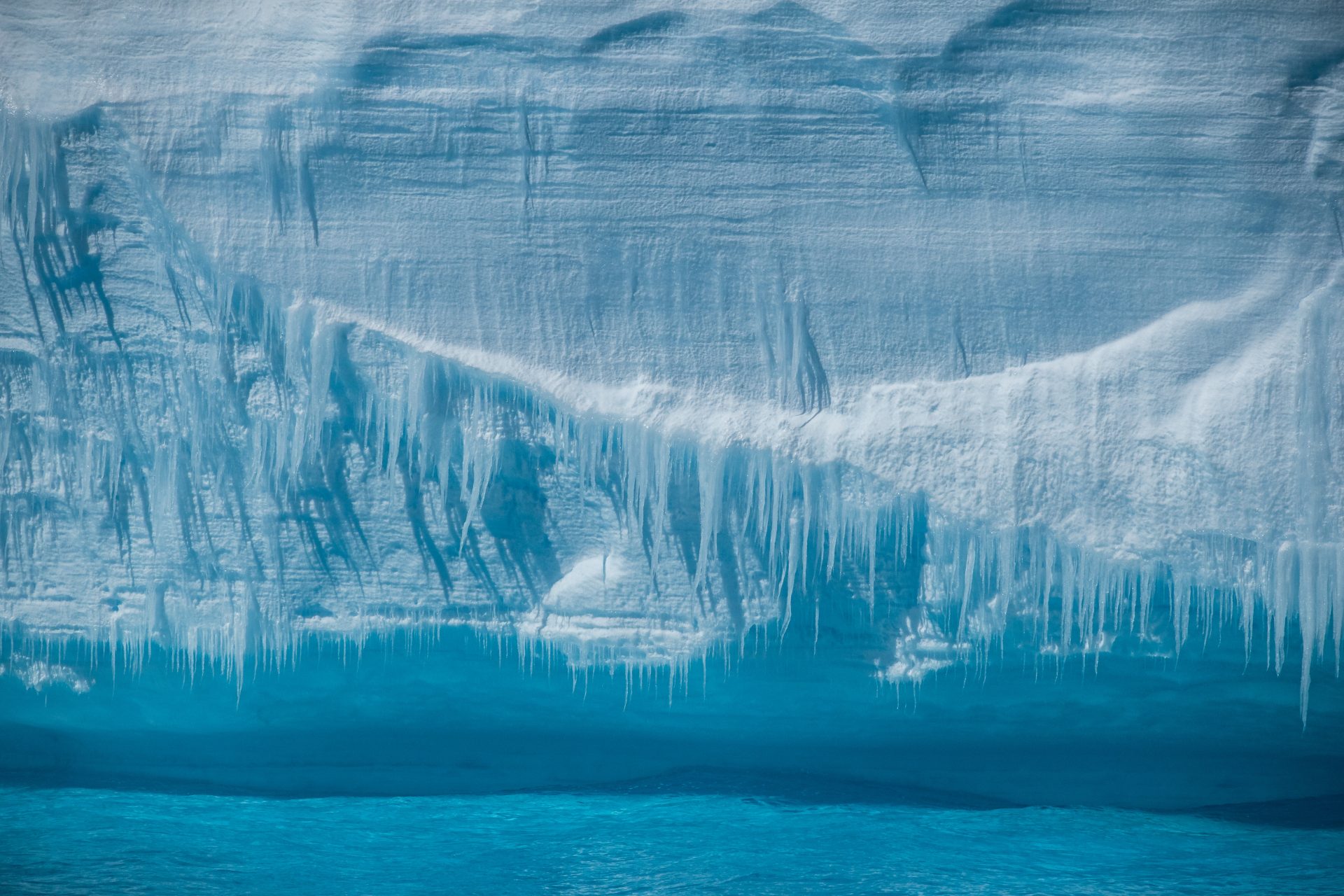
In Antarctica, ice is not just a backdrop — it is the landscape. It shapes the terrain, drives the climate, influences wildlife patterns, and tells a story written over thousands of years. For travellers arriving in this remote polar region, understanding the language of ice is key to truly appreciating its beauty and significance.
At first glance, the frozen world might seem like a sea of white. But soon, differences emerge — in colour, shape, sound, and texture. There are towering glaciers that calve with thunderous cracks, creating floating cathedrals of ice. There is fast ice clinging to shorelines and brash ice scattered across bays. There are deep blues, frosted whites, glassy surfaces, and snow-soft ridges. Each tells its own story, and learning to read them transforms the experience.

Glaciers are the great architects of Antarctica’s landscape. These slow-moving rivers of compressed snow and ice form over millennia. As more snow falls than melts, layer upon layer compacts into solid ice that begins to move under its own weight. Flowing toward the sea, glaciers carve valleys, transport rock, and eventually meet the ocean — sometimes dramatically, in a process called calving, where massive chunks break off and drift away as icebergs.
On a Zodiac cruise or from the deck of the ship, you may see this up close. A glacier’s face might crack, sending a shard the size of a bus into the water. The sound is delayed but unmistakable — a deep rumble that echoes across the bay. Guides explain the science behind it: how meltwater channels can weaken the base, how pressure builds and releases, how a warming climate is accelerating the cycle.

Then there are the icebergs — floating sculptures of frozen time. Some are small and jagged, freshly broken from the glacier’s edge. Others are vast, tabular monoliths that have travelled for months or years. Their shapes are shaped by wind and water, their colours shifting with age and density. Blue ice, dense and ancient, refracts light differently from younger, snow-covered bergs. Green icebergs, though rare, sometimes contain frozen seawater or organic material.
Reading the ice means listening, too. Ice crackles and groans, shifting in slow motion. Brash ice — broken fragments floating near the surface — makes a gentle tinkling sound as a Zodiac nudges through. These subtle sounds become part of the Antarctic soundtrack, a sensory layer that draws you deeper into the environment.

Understanding ice also brings a broader awareness of climate. The Antarctic ice sheet holds around 90% of the world’s freshwater. Its health is tied to rising sea levels, ocean currents, and global temperatures. Many expedition cruises now include citizen science programs, inviting guests to participate in data collection — photographing ice features, measuring salinity, or helping track glacial retreat.
For many travellers, it’s this combination of beauty and meaning that leaves the strongest impression. Ice is more than scenery — it’s alive, dynamic, and deeply connected to the planet’s wellbeing. And in learning to read it, you don’t just see Antarctica — you begin to understand it.